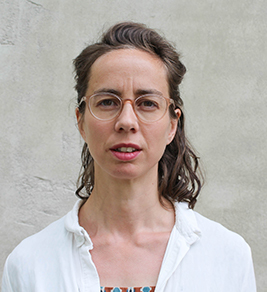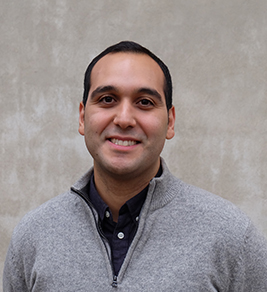Brownfield regeneration involves the redevelopment of underutilised areas of a city. This contributes to limiting urban sprawl and promotes investment to restore land that has been contaminated by industrial activity. As such, it is an important path towards more integrated, resilient and sustainable urban development.
The European Environment Agency (EEA) estimates that there are three million urban brownfield sites with potential for future regeneration in Europe. In the Baltic Urban Lab project, partners around the Central Baltic Region have identified planning challenges in brownfield regeneration and developed solutions to tackle them through early and broad stakeholder involvement.
This policy brief was produced within the Baltic Urban Lab project, an Interreg Central Baltic project that ended in September 2018.




